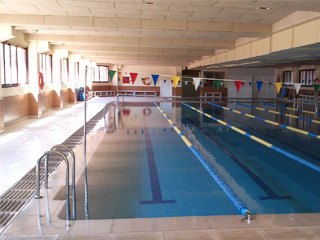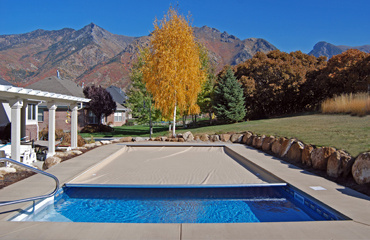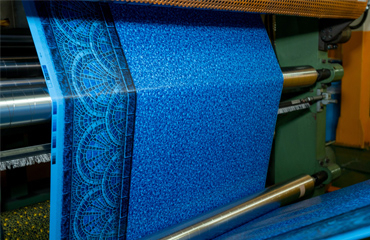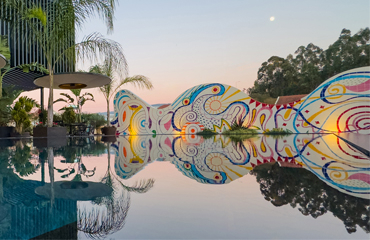|
Siwmming-pool of the housing estate
|
The company, Hydrover, carried out a comparative study before and after installation of its eco-friendly Oxymatic disinfection system.
The study was conducted on three aquatic facilities for public and collective use, with the help of analyses carried out by independent laboratories engaged by these institutions.
"How to save costs in public and collective pools"
The first study related to the indoor pool of a school, with a volume of 450 m3 and an average of 100 bathers per day, water temperature 30° C. The second, related to another outdoor pool in a housing estate of 250 m3 with 150 users per day on average and a water temperature of 27º C in summer. The third study was of an indoor public swimming pool of 400 m3 with 400 bathers per day on an average and a water temperature of 30° C.
The ABOT green technology used in the disinfection system breaks down the water molecule by hydrolysis, generating a very powerful disinfectant, the hydroxyl ion (OH-). Its disinfection power would be three times that of liquid chlorine or salt disinfection.
The main conclusions of the study
The manufacturer reports that the analyses showed savings in the quantity of chemicals used, in the range of 50% to 80%, with an average of 75%. The disinfection of the pool through the generation of a large redox potential in the water means that the chlorine dosage system needs to inject a smaller amount of product in order to maintain a constant value of 0.5 mg/l. During the process of generation of hydroxyl ions (which facilitate this redox potential) and their reaction in the water, the pH increases slightly (or very little) as compared to the increase and instability of the pH caused when chlorine is added to the the water. This reduces the utilization of pH reducers by at least 50%. By significantly reducing the chlorine input, one consequently reduces the formation of combined chlorine (chloramines which, in many cases, disappear completely), cyanuric acid, and chlorine by-products, thus also helping to economise make-up water.
|
Swimming-pool of the school |
Indoor public swimming-pool |
According to these analyses, in the school's indoor pool (450 m3), before using Oxymatic, the consumption of chlorine was 20 litres per day. After installing the system, it was reduced to 7 litres per day (i.e., an economy of 13 litres). Besides which, the volume of make-up water came down from 5 m3 per day to 1 m3.
According to Hydrover, overall potential savings using the Oxymatic disinfection system range from 60% to 80%, depending on the volume and efficiency of the dosing system in place, with an average of 75%.
This system conforms perfectly to the new Spanish and Community norm for pools (RD742 / 2013), and places Oxymatic in the electrolysis or other treatments category.
In short, according to Hydrover, the system is more efficient and safe, reduces costs, does not require much monitoring for its maintenance, and offers the best quality of water possible while ensuring that the chlorine level is sufficiently indiscernible to the swimmer and the installation in general.
Installing this system in public and collective pools is a very profitable investment, both in terms of savings as well as the comfort of swimmers.












